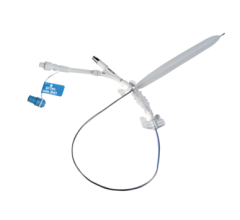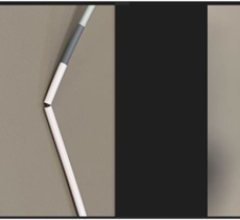
August 2, 2019 — B. Braun Interventional Systems Inc. (BIS) announced the U.S. Food and Drug Administration (FDA) has granted Breakthrough Device Designation for the SeQuent Please ReX drug-coated PTCA balloon catheter for the treatment of coronary in-stent restenosis (ISR).
SeQuent Please ReX is the latest-generation coronary drug-coated balloon (DCB) catheter developed by B. Braun. Ten years of extensive clinical study evaluations have been conducted on SeQuent Please drug-coated percutaneous transluminal coronary angioplasty (PTCA) catheters and the data were reported in peer-reviewed articles. These studies have evaluated use of the catheters in a variety of indications, including in-stent restenosis for bare metal stents (BMS) and drug-eluting stents (DES), as well as for initial stenosis detected in de novo lesions.
In-stent restenosis is the gradual re-narrowing of a coronary artery following stent implantation, and remains a challenge in the interventional community. Despite a significant reduction in ISR when using a drug-eluting stent over a bare metal stent, there still are a subset of patients in which ISR persists. Approximately 5 percent of patients who receive a DES and more than 30 percent of patients who undergo BMS implantation experience ISR.1
“We need to have a coronary DCB in our toolbox to treat patients,” said Jorge Saucedo, M.D., chief of cardiology at the Medical College of Wisconsin, “This Breakthrough Device Designation brings the technology a step closer for our use.”
Breakthrough Device Designation from the FDA is granted to certain medical devices and device-led combination products that provide for a more effective treatment of life-threatening or irreversibly debilitating diseases. The goal of the Breakthrough Devices Program is to provide patients and healthcare providers with timely access to these medical devices by speeding up their development, assessment, and review, while preserving the statutory standards for premarket approval, 510(k) clearance and de novo marketing authorization.
For more information: www.bisusa.org
Reference
1. Byrne R et al. Eur Heart J. 2015; 36(47): 3320-31 | Buccheri D et al. J Thorac Dis. 2016; 8(10): E1150-62


 June 13, 2024
June 13, 2024 








